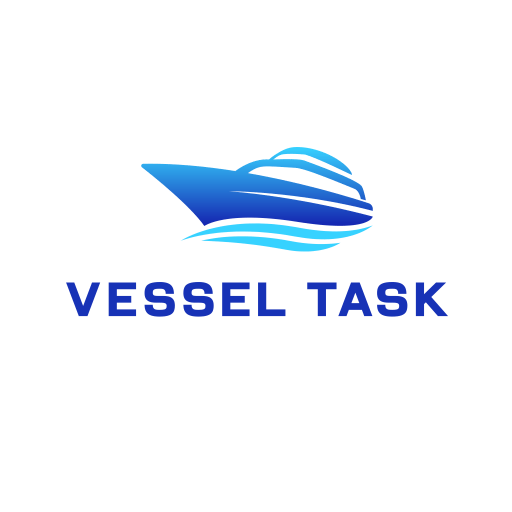Common Types of Pricing Models for Boat Mechanics
Selecting the right pricing model depends on factors like boat type, job complexity, and customer urgency. Certain models enhance technician utilization, while others help stabilize revenue across variable workload cycles. When paired with disciplined cost tracking and accurate job scoping, they enable consistent margin control without compromising service delivery.
Hourly Rate
An hourly billing structure works best for tasks with unknown variables or unpredictable durations—such as intermittent power failures, embedded wiring diagnostics, or custom installations. In these cases, time investment often fluctuates based on access challenges or unforeseen component failures. To protect gross margin, effective labor rates must reflect not just technician wages, but also downtime, prep, and administrative load. Many marine professionals set rates using a multiplier of direct labor cost, often 5× or more, to account for total overhead and business viability.
Shops that track actual wrench time versus total job duration gain better insight into labor efficiency. Using tools like time logs or technician dashboards ensures that every billable hour is captured and priced appropriately. This model offers flexibility in quoting large projects or service calls with evolving requirements, especially for mobile techs handling diagnostics on-site.
Flat-Fee Packages
For high-frequency, repetitive tasks—like lower unit servicing, bilge pump replacements, or battery swaps—flat-fee pricing reduces administrative steps and speeds up customer approvals. These packages allow mechanics to standardize task workflows, pre-stage parts, and compress job times without sacrificing quality. When implemented correctly, flat-fee models unlock higher throughput by eliminating variable quoting and minimizing back-and-forth with customers.
Technicians operating on flat-fee structures often benefit from job batching: grouping similar services to maximize efficiency across multiple clients in a single service zone. This reduces travel time in mobile operations and creates predictable revenue when paired with scheduled maintenance intervals. Flat-fee work also improves cash flow forecasting, especially when tied to recurring service contracts.
Tiered and Value-Based Pricing
Tiered pricing introduces structured service levels aligned to owner expectations and operational urgency. Basic tiers may include standard inspections and tune-ups, while advanced tiers offer full-system diagnostics, performance optimization, or premium turnaround windows. This enables shops to capture a wider client base—from budget-conscious seasonal operators to high-use vessels requiring concierge-level support.
Bundling services into value-focused packages allows mechanics to deliver integrated maintenance that aligns with vessel lifecycle stages. For example, a spring launch bundle might include hull cleaning, engine pre-checks, and battery testing. Presenting these as comprehensive solutions positions the mechanic not just as a repair resource, but as a long-term maintenance partner. These bundles also streamline scheduling and reinforce mechanic-client trust by eliminating piecemeal service gaps while acting as an easy upsell opportunity.
Why Are Pricing Strategies Important?
Accurate pricing establishes operational control in a market defined by unpredictability. For marine mechanics, this means using structured pricing to create resilience against seasonal fluctuations, shifting labor demands, and varying job scopes. With a clear cost framework in place, technicians can focus on throughput and service quality—rather than constant recalibration of their rates.
Beyond revenue stabilization, pricing also serves as a tool for managing customer expectations and minimizing unbillable time. When rates transparently reflect the scope of work—such as labor, diagnostics, and parts sourcing—clients are less likely to dispute charges or delay payments. This clarity reduces friction at the point of sale and allows mechanics to maintain forward momentum across jobs.
Strong pricing strategies also enable capital deployment into tools, certifications, and shop infrastructure. For example, a business operating on flat-rate packages can forecast labor demand and allocate profits toward high-return investments, like pre-loading common parts, employing a dedicated service writer, or implementing job scheduling systems like Vessel Task. These reinvestments improve productivity per labor hour and reinforce long-term earning potential without increasing workload volume.
